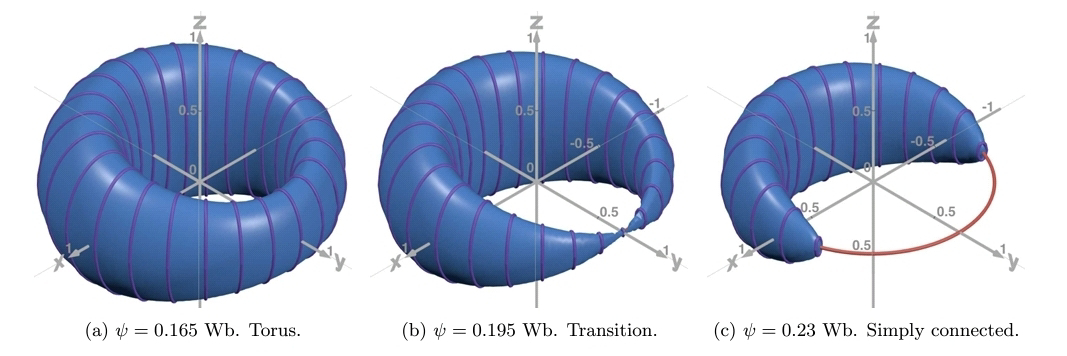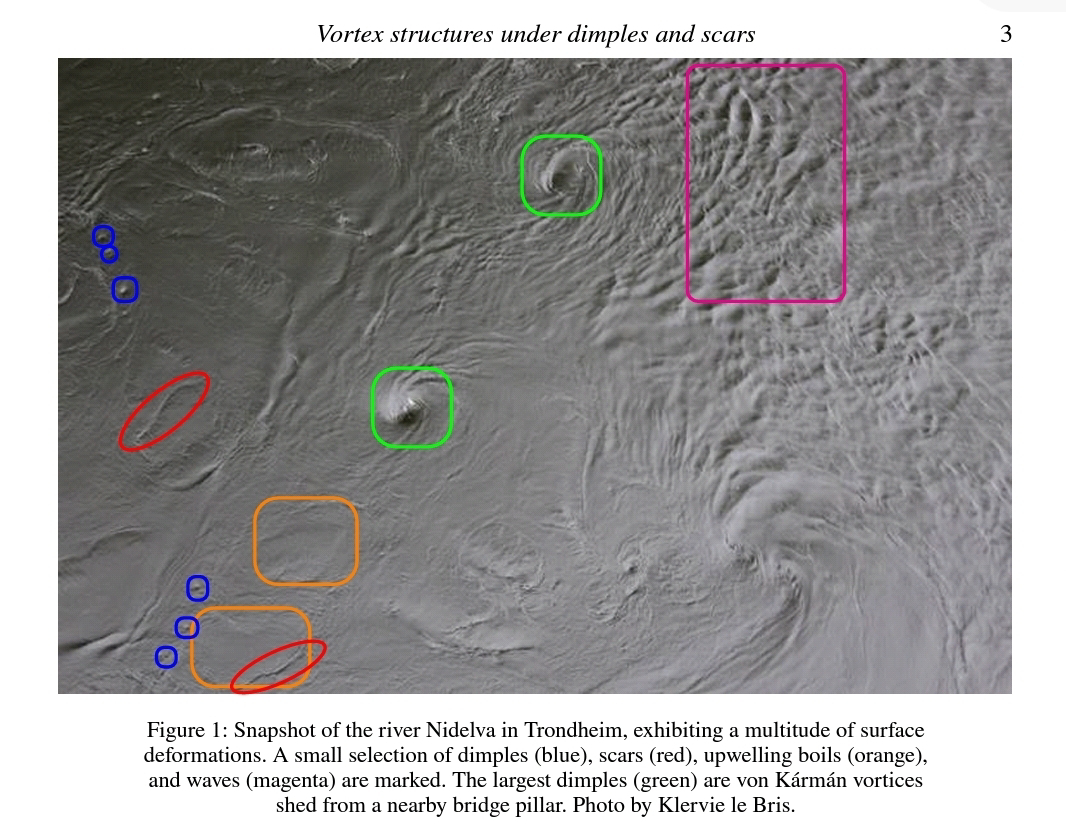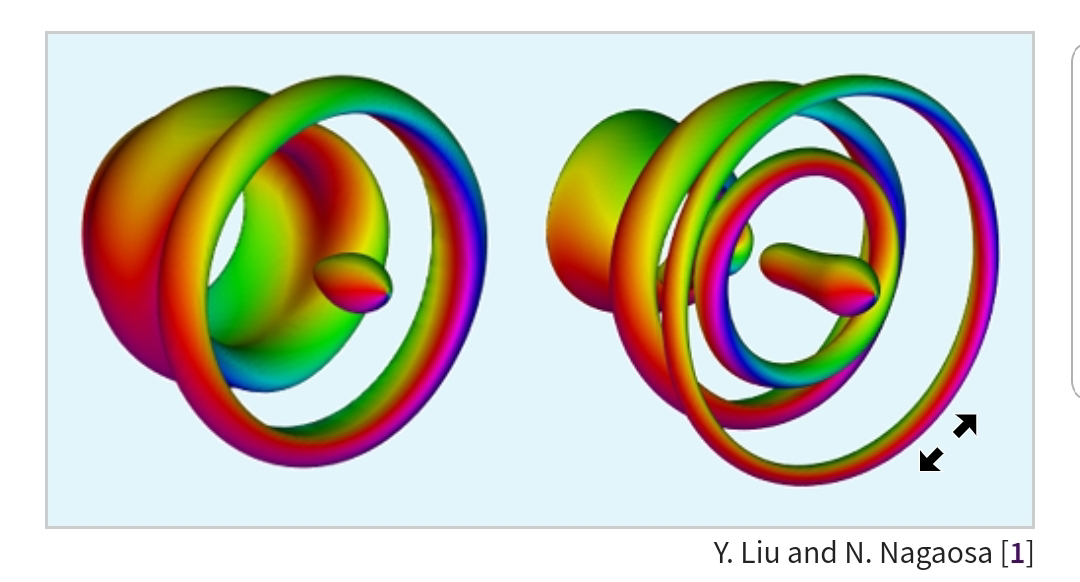<< ️This (AA) study investigates the influence of varying degrees of freedom (DOFs) on the swimming performance of self-propelled undulatory swimmers navigating a straight path in three flow configurations: an unbounded fluid, near a solid wall, and in a side-by-side arrangement. >>
<< ️Vertical and rotational DOFs are frozen or actively controlled, resulting in four trajectory control scenarios. In unbounded flow, freezing motion DOFs generally underestimate the cost of transport while overestimating time-averaged amplitudes and Strouhal numbers, discrepancies that grow with increasing Reynolds number. Additionally, swimmers with two frozen DOFs exhibit phase shifts in lateral force and torque oscillations. Near solid boundaries, constrained swimmers experience more pronounced wall effects, whereas in side-by-side configurations, frozen-DOF swimmers display intensified channel effects. >>
<< ️Analysis of the pressure distribution and wake topology reveals marked differences in pressure concentration and vortex street structures depending on DOFs. >>
<< ️These (AA) findings underscore the critical role of motion DOFs in shaping swimming dynamics and emphasize the importance of appropriate trajectory control strategies for accurate modeling of fish locomotion. >>
Zhiqian Xin, Jiadong Wang, et al. Effect of varying degrees of freedom on self-propelled undulatory swimmers. Phys. Rev. E 112, 035103. Sep 19, 2025
Also: swim, microswimmers, vortex, in https://www.inkgmr.net/kwrds.html
Keywords: gst, swim, microswimmers, vortex, vortex interactions.










